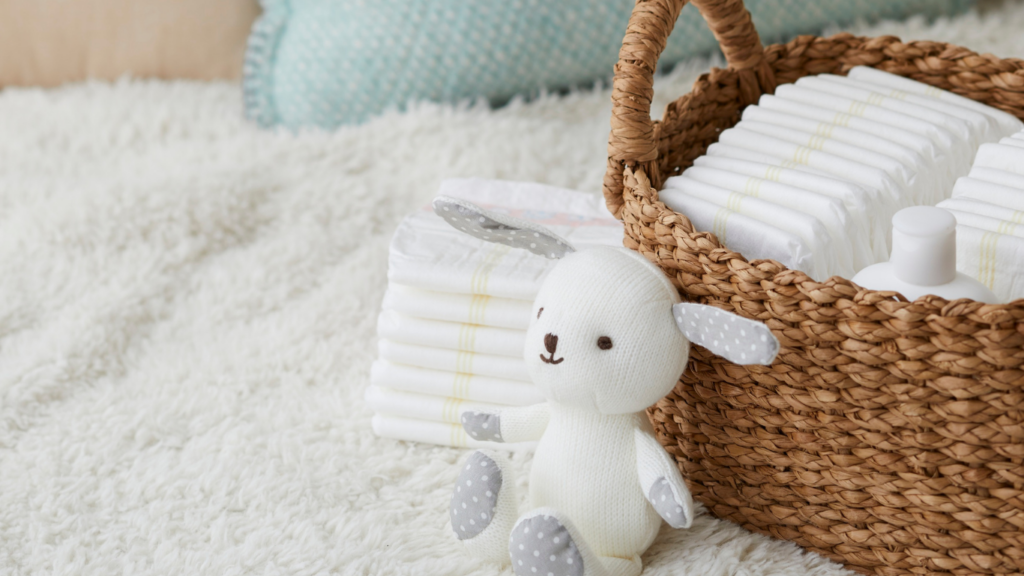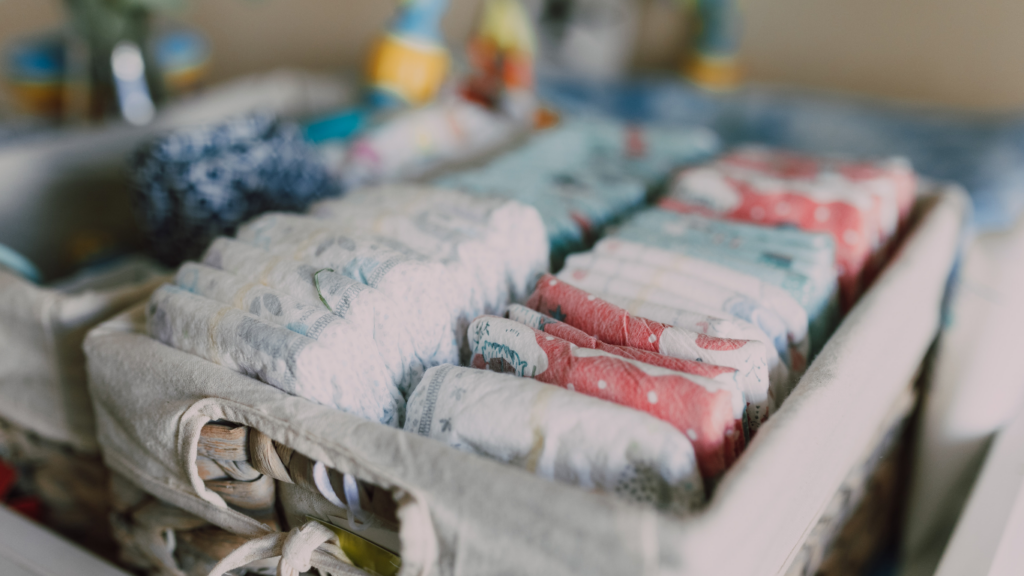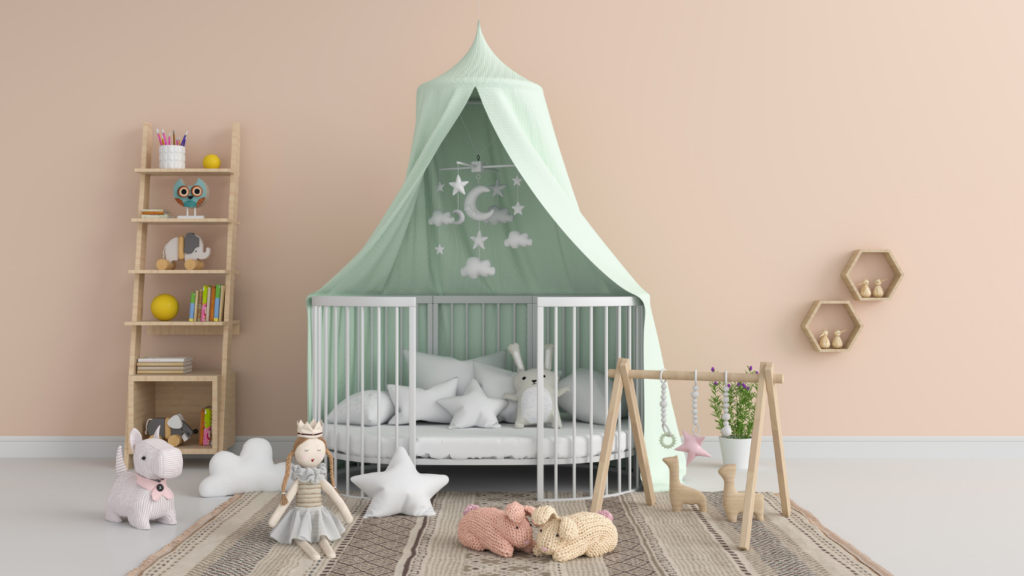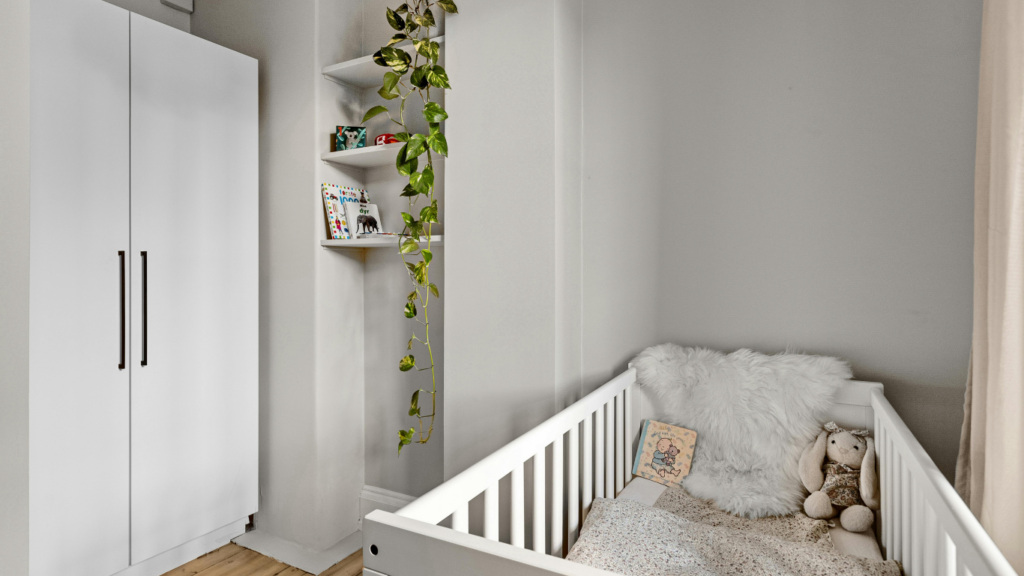Becoming a parent is an exciting journey filled with countless decisions, and one of the most important is how to create a nurturing environment for your little one. As I dive into the world of parenting, I’ve discovered that making eco-friendly choices can not only benefit my family but also the planet.
Sustainable nesting is all about choosing products and practices that are kind to the environment while ensuring a safe space for our children. From organic bedding to non-toxic toys, the options for sustainable living are endless.
I’ve learned that small changes can make a significant impact, and embracing eco-friendly choices in my home brings peace of mind. Join me as I explore practical tips and products that support both our new family and the Earth, ensuring a brighter future for generations to come.
Understanding Sustainable Nesting
Sustainable nesting involves creating a safe and eco-friendly environment for a newborn. It’s essential to choose products that minimize environmental impact while prioritizing safety and comfort.
Eco-friendly materials come from renewable sources, reduce waste, and often have less harmful chemicals than conventional options.
Key Elements of Sustainable Nesting
- Organic Bedding: Select bedding made from organic cotton or bamboo. These materials eliminate harmful pesticides and chemicals, ensuring safety for the baby.
- Non-Toxic Furniture: Choose cribs and changing tables crafted from sustainable wood and finished with non-toxic paints or stains. This reduces exposure to volatile organic compounds (VOCs).
- Biodegradable Diapers: Use biodegradable diapers that break down more quickly than conventional alternatives. Look for brands made from plant-based materials to lessen environmental impact.
- Eco-Friendly Toys: Opt for toys made from natural materials like wood or organic fabric. Avoid plastic toys that can release toxins and contribute to landfill waste.
- Energy-Efficient Lighting: Install energy-efficient light bulbs in the nursery. LED bulbs consume less energy and have a longer lifespan than traditional bulbs.
By focusing on these elements, I create a nurturing environment that supports my baby’s development and well-being while also caring for the planet. Sustainable nesting isn’t just a trend—it’s a responsible choice for the future.
Benefits of Eco-Friendly Choices
Choosing eco-friendly options not only benefits the planet but also enhances the well-being of my child. The advantages of these choices extend to creating a healthier living space and minimizing environmental impact.
Healthier Environment for the Baby
Using organic and non-toxic materials in a baby’s nursery fosters a healthier environment. I select organic cotton bedding and natural wood furniture to eliminate harmful chemicals found in conventional products.
Non-toxic toys made from sustainable materials provide a safe play area, ensuring my child’s safety. Cleaner air quality inside the home results from reducing exposure to volatile organic compounds (VOCs), which can cause respiratory issues and skin irritations. Prioritizing eco-friendly choices sets a solid foundation for my baby’s health and development.
Reduced Carbon Footprint
Adopting sustainable practices significantly reduces my household’s carbon footprint. When I invest in biodegradable diapers or energy-efficient lighting, I contribute to lowering waste and conserving resources.
Choosing locally-sourced products minimizes transportation emissions, supporting the local economy while benefiting the environment. By making conscious decisions about products and practices, I not only play my part in protecting the planet but also instill values of sustainability in my child. Sustainable nesting practices create a long-lasting positive impact that extends beyond our family.
Eco-Friendly Products for New Parents
Choosing eco-friendly products simplifies sustainable living for new parents. Various options provide safety and health benefits while caring for the environment.
Organic Baby Clothing
I prioritize organic baby clothing made from natural fibers like cotton or bamboo. Organic materials reduce exposure to harmful chemicals found in conventional textiles, promoting healthier skin for infants.
Brands like Burt’s Bees Baby and Hanna Andersson offer a range of stylish, comfortable options. These clothes not only look good but also support sustainable farming practices, often sourced from certified organic farms.
Sustainable Nursery Furniture
I recommend opting for nursery furniture made from sustainable materials. Choosing furniture from reclaimed wood or certified sustainably harvested wood ensures environmental responsibility.
Brands such as DaVinci and Oeuf create high-quality cribs and dressers that comply with strict safety standards and minimize environmental impact. Investing in furniture that lasts encourages reuse, minimizing waste while enhancing the nursery’s aesthetic.
Non-Toxic Baby Care Products
I select non-toxic baby care products to ensure a safe environment. Choosing items like baby lotions, shampoos, and wipes free from harmful chemicals protects my child’s delicate skin. Brands like Babyganics and Earth Mama offer gentle formulations made from organic, plant-based ingredients.
This selection not only promotes health but also supports eco-friendly practices, impacting the planet positively.
Tips for Implementing Sustainable Nesting
I focus on practical steps for parents to create eco-friendly spaces for their newborns. Adopting sustainable practices can greatly benefit both the environment and the family’s health.
Buying Second-Hand Items
I prioritize purchasing second-hand items when setting up a nursery. Many parents donate gently used baby gear, clothing, and toys, allowing me to save money while choosing eco-friendly options.
Reusable items reduce waste and the carbon footprint associated with manufacturing new products. I look for local consignment shops, thrift stores, and online marketplaces like Facebook Marketplace or OfferUp. Popular brands often retain quality, ensuring safety and reliability for my child.
DIY Eco-Friendly Baby Projects
I enjoy creating DIY projects for my nursery using sustainable materials. Crafting personalized items not only reduces my environmental impact but also adds a unique touch to the space. I explore various projects, such as making a mobile from natural materials like wood or fabric scraps and creating storage solutions from upcycled containers.
I can even create organic cotton quilts or blankets. Engaging in these projects allows me to customize my baby’s environment while promoting sustainability and creativity.



